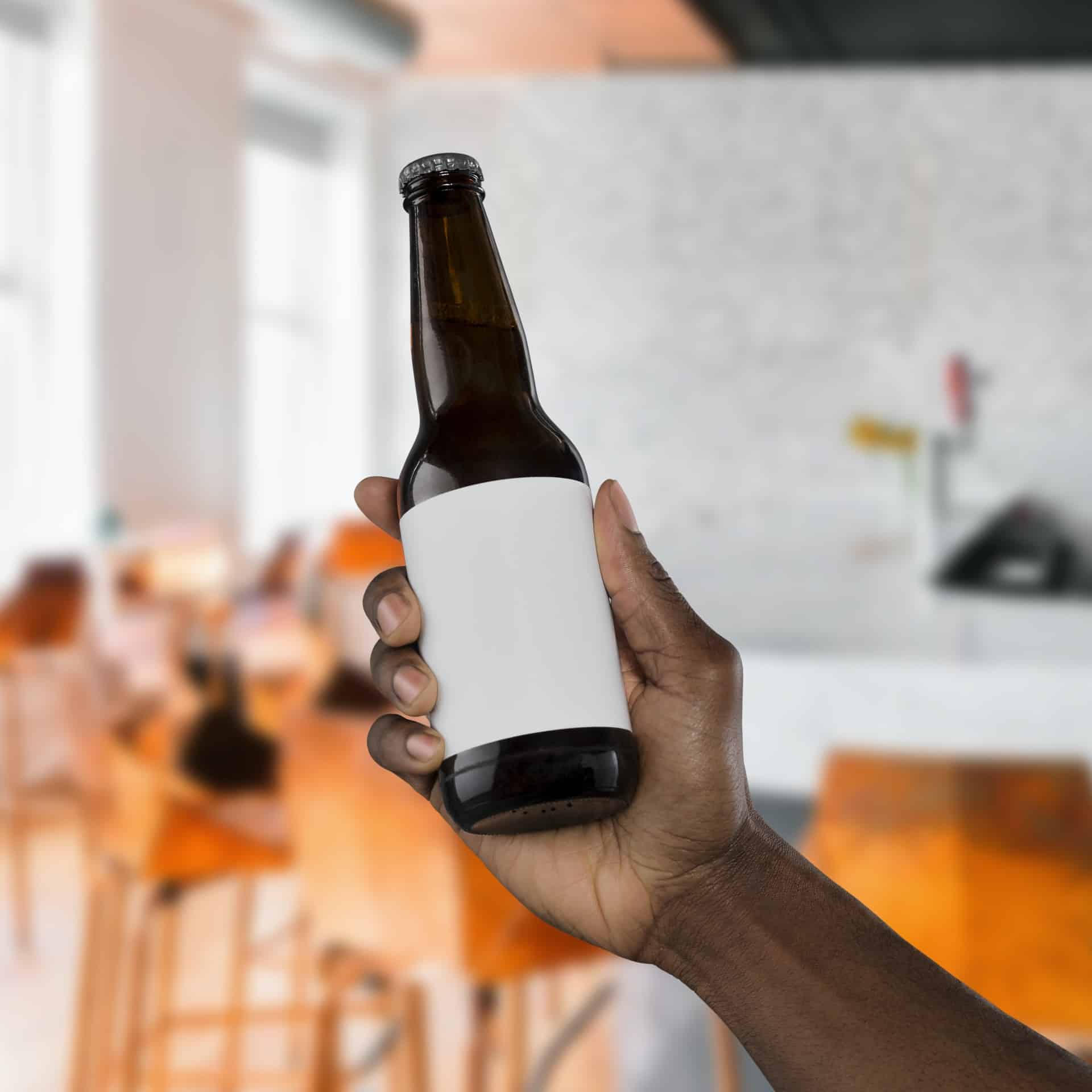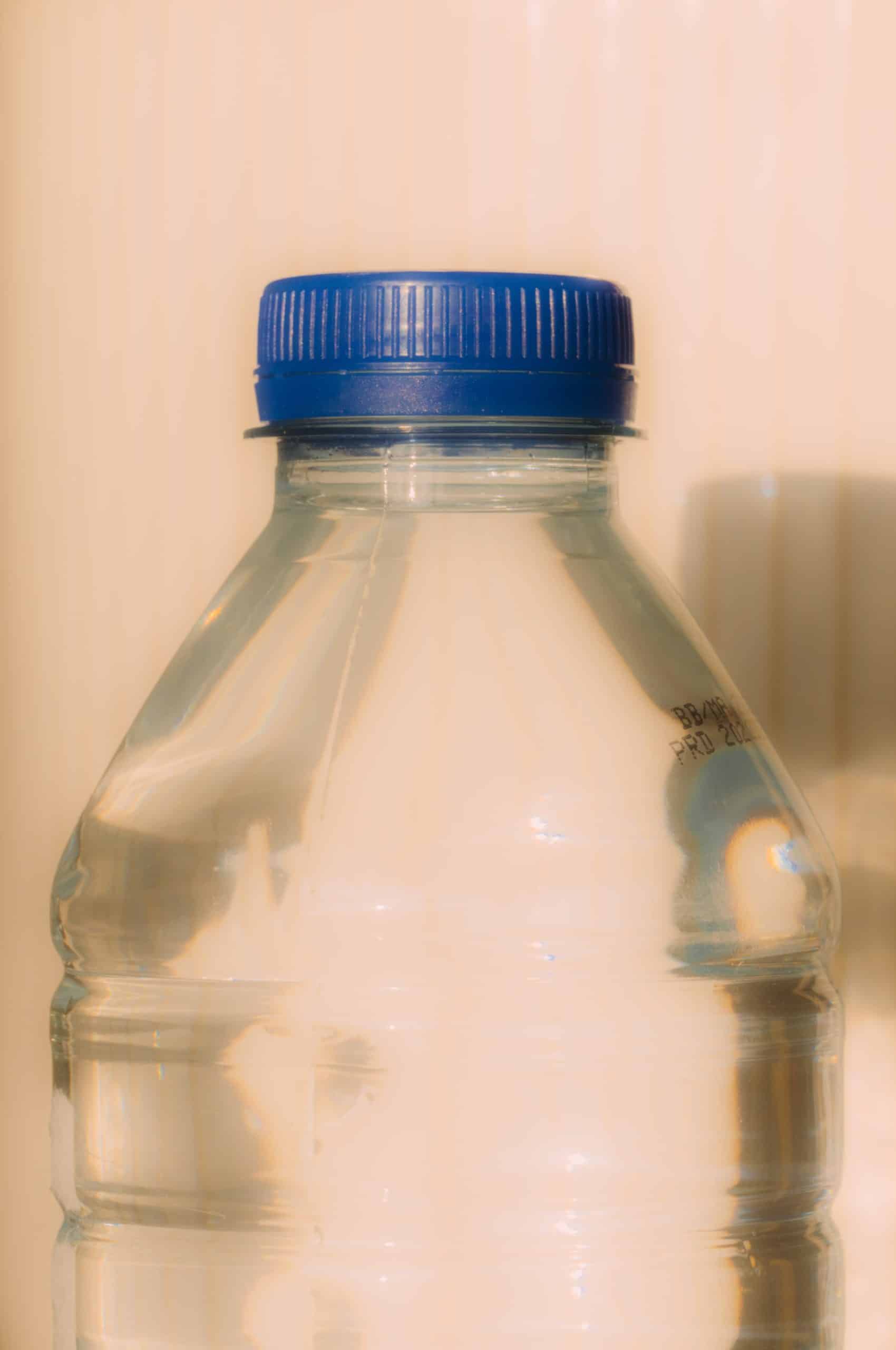Labeling plays a key role in making your products stand out from other items. The label lets everyone know that this is your product, besides featuring other important details like type of product, ingredients, user instructions, etc.
Attractive packaging with visually appealing labels draws more customers, and in turn, increases sales.
Both plastic and glass bottles are used as containers for your favorite products. From your prized beauty serums to treasured condiments or your favorite crafted beers, bottles are convenient and easy-to-use containers.
Despite being incredibly convenient, bottles have sleek and rounded surfaces that can make it difficult for the label to adhere to. Hence, one needs to find a suitable label that can stick to the bottle’s surface for a long time. This article will guide you through the whole process of choosing the ideal label for both plastic and glass bottles.
IMAGE: UNSPLASH
The Surface Of The Bottle
One might choose glass bottles over plastic or vice versa depending on their ease of production, costs, design, usability, and storage capacity. Glass bottles have a more premium and upscale feel as they can store liquids like high-quality wine for a long time.
Plastic is more affordable and can be squeezed. The surface of the bottle will determine what type of label and adhesive to use. Whatever the surface is, most people go for waterproof labels as they are more durable and do not get easily damaged by any substances.
The flexibility of the surface should be determined first. Plastic bottles are more malleable and can be squeezed. Hence, they require a label material that is resistant to crinkling and tearing when the bottle is constantly squeezed.
Synthetic labels are more pliable than paper labels so are mostly used on plastic bottles. On the contrary, paper labels are aesthetically pleasing and look amazing on glass bottles. The type of adhesive used for the label is determined by the application surface.
Molecules present in the material (surface energy) cause adhesives to function differently. Plastics require specific adhesives as they have lower surface energy, making it difficult for regular glue to spread out and build strong bonds. The treatment of glass bottles also has an impact on the type of adhesive.
The surface area of the label and its application method are important factors to consider when selecting a suitable label. It is best to test out various adhesives on the bottles. Choose an adhesive that works best with your product’s bottle.
The Contents Of The Bottle
You also need to focus on the bottle’s contents when determining the perfect labels for your product line. Occasionally, the product within the bottle will leak down over the label during usage. A poor quality label might get damaged or torn or the ink on the label might start to bleed due to the dripping.
Hence, paper labels are not recommended for containers of oil-based cosmetic products like serums and lotions. If such a product drips down and touches the paper label, it will make the ink dissipate and entirely unreadable.
Moreover, you might want to flaunt the product and make the contents visible from the outside. In that case, it is better to opt for two labels (one at the back and the other at the front) rather than a single wrap-around label. Another viable option for such a scenario is the transparent label.
The Different Environments The Bottles Will Encounter
From the manufacturing till hitting the customers rack or storage, the bottled product will come across different types of environments. For instance, consider a handcrafted beer bottle. Its lifetime begins at the bottling plant, then it gets transferred to a warehouse, and finally shipped to the retail stores for sale.
They were first at room temperature in the manufacturing factory, and then it is kept in the refrigerator at the stores. It will again encounter room temperature for a while when being taken out from the store’s fridge by its buyer and then jostling around in the grocery bag. In the end, it will finally be kept in the customer’s fridge before being taken out for consumption.
This bottle will be encountering different temperatures. When taken out of the cooler or fridge, the surface of the bottle will face condensation. The water droplets of the condensation will drip down and touch the label.
The bottle’s label must withstand the varying temperatures, condensation levels, friction with other items, and countless environmental factors. You should be mindful that the adhesive bonds can be weakened by fluctuating levels of temperature and moisture.
The sunlight can also cause the ink to fade and rough handling can cause the label to get torn. It is vital to select the correct type of adhesive, inks, and materials that can endure such varying factors. They need to perform well under the different conditions your bottled product might be exposed to.
For the bottles of handcrafted beers, soda, and other beverages that require to be stored in refrigerators, waterproof labels will be ideal as they can withstand the condensation droplets. Since wine bottles are popular collector items and stored in cellars, it is wise to use removable labels on them.
Complementary Shapes Of The Label And Bottle
The challenge of labeling bottles is their curved surfaces. The labels must adhere to the curves and maintain their position. Rectangular labels are often recommended to avoid. Another issue of labeling cylindrical or curved surfaces is the flagging.
Flagging is basically the corner of the label sticking out as they have a tendency to uncurl. To overcome this challenge, the label needs to loop over and overlap onto itself. This will prevent the loss of adherence and the corners peeling off.
The Overview
Labels can effectively transform your business. Since labels play a critical role in marketing and sales, they need to be visually appealing to attract potential customers. For the right type of adhesive and label material, you need to consider the type of application surface and the varying environmental factors like temperatures.
IMAGE: UNSPLASH
If you are interested in even more design-related articles and information from us here at Bit Rebels, then we have a lot to choose from.


COMMENTS